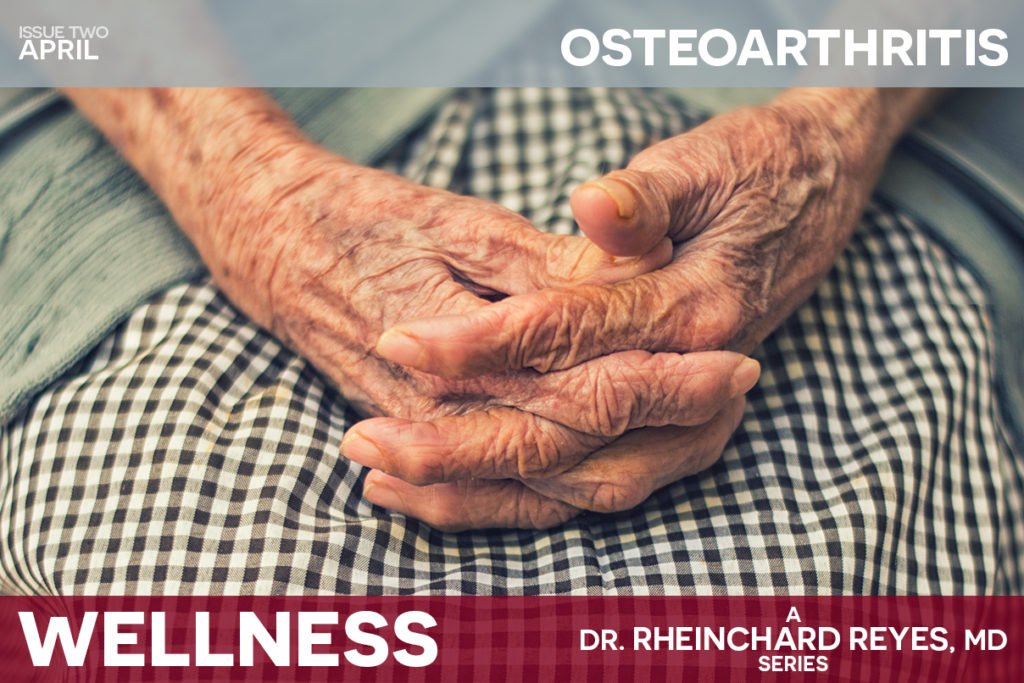If you’re diagnosed with a debilitating illness, your doctor may recommend a combination of different treatments and therapies to help reduce discomfort. Nonpharmacological treatment or therapy does not involve drugs and is usually used in combination with drug treatments. Read below for common nonpharmacological treatments.
Massage
Massage is typically associated with spas and is often viewed as a leisure activity. The reality is that massage therapy is widely available in clinics, hospitals, airports, and even malls around the U.S.
‘Different types of massage offer different benefits beyond de-stressing. Massage can help with back pain, headache, and anxiety. Multiple studies have found that massage therapy can also effectively relieve pain and discomfort in people with severe health conditions like cancer and many hospice centers offer massage therapy to those in their care.
Physical therapy
Physical therapy (PT) can treat numerous health conditions and may be recommended by your doctor as a standalone treatment or in combination with drug treatments. Although massage and PT both aim at relieving pain and improving or restoring function to different areas of the body through the manipulation of soft body tissue, there are differences.
Acupuncture
Acupuncture is the practice of using thin needles to penetrate the skin at specific points in the body to alleviate pain, treat illness, or to anesthetize a body part. This technique originated in ancient China and has been in practice for over 5,000 years.
Acupuncture has been proven to be at least moderately effective at treating nausea and pain- even chronic pain. A recent study found that acupuncture can help with some of the side effects that come with PTSD, like depression.
https://www.webmd.com/balance/guide/massage-therapy-styles-and-health-benefits#4-13
https://www.livestrong.com/article/180984-massage-therapy-vs-physical-therapy/
http://www.dictionary.com/browse/acupuncture
https://www.livescience.com/29494-acupuncture.html


